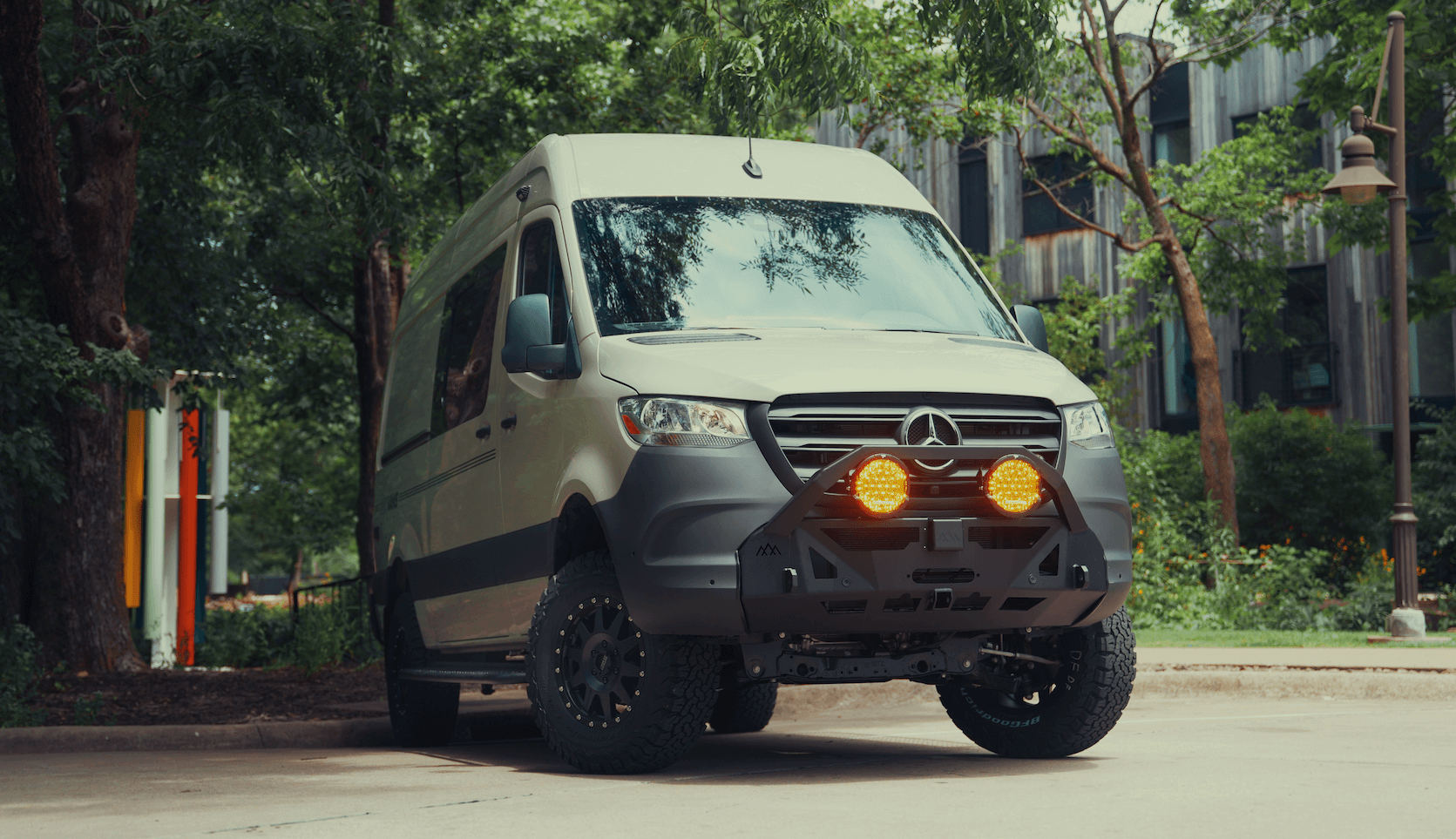Recreational Vans

A clip on bunk fan is a small, clamp mounted fan that focuses airflow exactly where a sleeper needs it. Instead of trying to cool an entire cabin, it moves a narrow stream of air across skin to speed evaporation and reduce the warm layer that builds up around the body. That local breeze brings comfort at night, especially in compact sleeping spaces where heat stratifies near the ceiling. The result is calmer breathing, less tossing, and fewer wake ups for thermostat tweaks.
Airflow is commonly measured in cubic feet per minute. For a single bunk, 50 to 120 cfm typically feels comfortable at arm’s length. Larger bunks or hotter climates may justify 120 to 200 cfm, provided speed control is available. Quiet performance matters in tight cabins. Brushless DC motors with pulse width modulation speed control tend to hum rather than whine and allow a low speed that still feels present.
Power options vary. USB powered models are convenient when you have charge points by the bed. Twelve volt fans tie neatly into vehicle house systems and avoid inefficient inverters. Some units include internal lithium batteries for short naps or backup. The best setups support both USB and 12 volt input so you can swap power sources on the road.
A good clamp spreads pressure with rubber pads and resists rotation when the vehicle moves. An articulated arm or gooseneck lets you set angle and distance precisely without wobble. Multiple speeds and an optional timer help balance comfort and battery draw overnight. Noise levels in the 20 to 40 dB range are considered sleep friendly. Fine mesh grilles keep fingers safe, especially around kids bunks. Typical current draw ranges from 0.1 to 0.6 amps at 12 volts for efficient models.
Mounting location dictates comfort and safety. Popular anchor points include bunk rails, a ladder side, overhead shelf lip, or a shallow wall ledge near the headboard. Avoid flimsy trim that can flex, and keep clamps away from fabric that could slip. Cable routing deserves the same attention; tie cords so they cannot hang near faces, pillows, or ladders.
The goal is a cross breeze that brushes the face and upper torso without blasting eyes. Mount slightly off to the side or above shoulder height and point the stream across the body. If dry eyes are a concern, aim along the chest and let the edge of the airflow reach the face. Two fans can build a gentle push pull effect. One pulls cooler air from a cracked window or vent, while the other sweeps warm air off the bunk and into the aisle for the main ventilation to handle.
Think in terms of air changes only as a rough guide. A typical van bunk might enclose 25 to 40 cubic feet between mattress, wall, and curtain. Even an 80 cfm fan theoretically turns that pocket over several times per minute, but most of that air recirculates locally. The practical takeaway is to focus on the sensation of skin level airflow rather than whole cabin cooling. A small airflow, properly aimed, will outperform a bigger fan pointed poorly.
Any vibration near a sleeper reads louder than it measures. Add a thin foam pad between clamp and mounting surface to absorb buzz. Balance improves when blades are clean; dust accumulation throws weight off and adds a rhythmic wobble. Wipe the grille and blades monthly. PWM speed control tends to produce a softer tone than simple resistive circuits and keeps the motor cooler at low speeds.
A clip on bunk fan is a minor electrical load, but it still benefits from planning. At 3 watts, a fan draws about 0.25 amps from a 12 volt system. A 10 amp hour pack at 12 volts stores roughly 120 watt hours, good for about 40 hours of runtime at that power level. On a larger house battery, the overnight draw is negligible, yet the improvement in sleep quality is noticeable.
Hard wiring should be fused correctly and routed away from sharp edges and moving parts. USB ports near bunks are convenient; if they are backed by a DC buck converter with noise filtering, fans run smoother. Keep cords short and strain relieved. In hot climates, set a low speed early in the evening to prevent heat buildup. In cooler weather, a whisper speed reduces condensation by keeping moist air from settling on windows and cold walls.
Safety is straightforward. Confirm the clamp cannot loosen with road vibration. Keep the grille guarded and out of reach for young sleepers. Do not mount a fan so close to curtains that fabric can be drawn in. Avoid blocking any combustion appliance vents and avoid mounting near cooking areas. Before driving, stow or secure the fan and cable.
When your rig is built around real sleep, a clip on bunk fan becomes part of a simple system. Quiet 12 volt ports where you need them, secure mounting edges, and airflow paths that match your beds make summer nights easy. If you want that dialed from day one, our team designs van bunk layouts, low noise power, and airflow that fit your routes and seasons. Explore Recreational vans, see our Custom build van process, or compare Mainstream vans platforms that finance.
Tell us how you sleep, where you travel, and what temperatures you fight most. We will spec silent fans, safe clamps, and the right 12 volt power at your bunk. Submit the form and we will map airflow, placements, and wiring that fit your build plan.
Ready to sleep cooler and quieter in your van bunk? Tell us how you travel and we will integrate silent 12 volt fans, safe mounts, and power where you need it. Start your build plan now and our team will scope airflow, wiring, and placement that fits your rig and your routes.
ADDRESS:
6159 E Huntsville Rd, Fayetteville, AR 72701
PHONE:
(479) 326-9200
EMAIL:
info@ozkvans.com